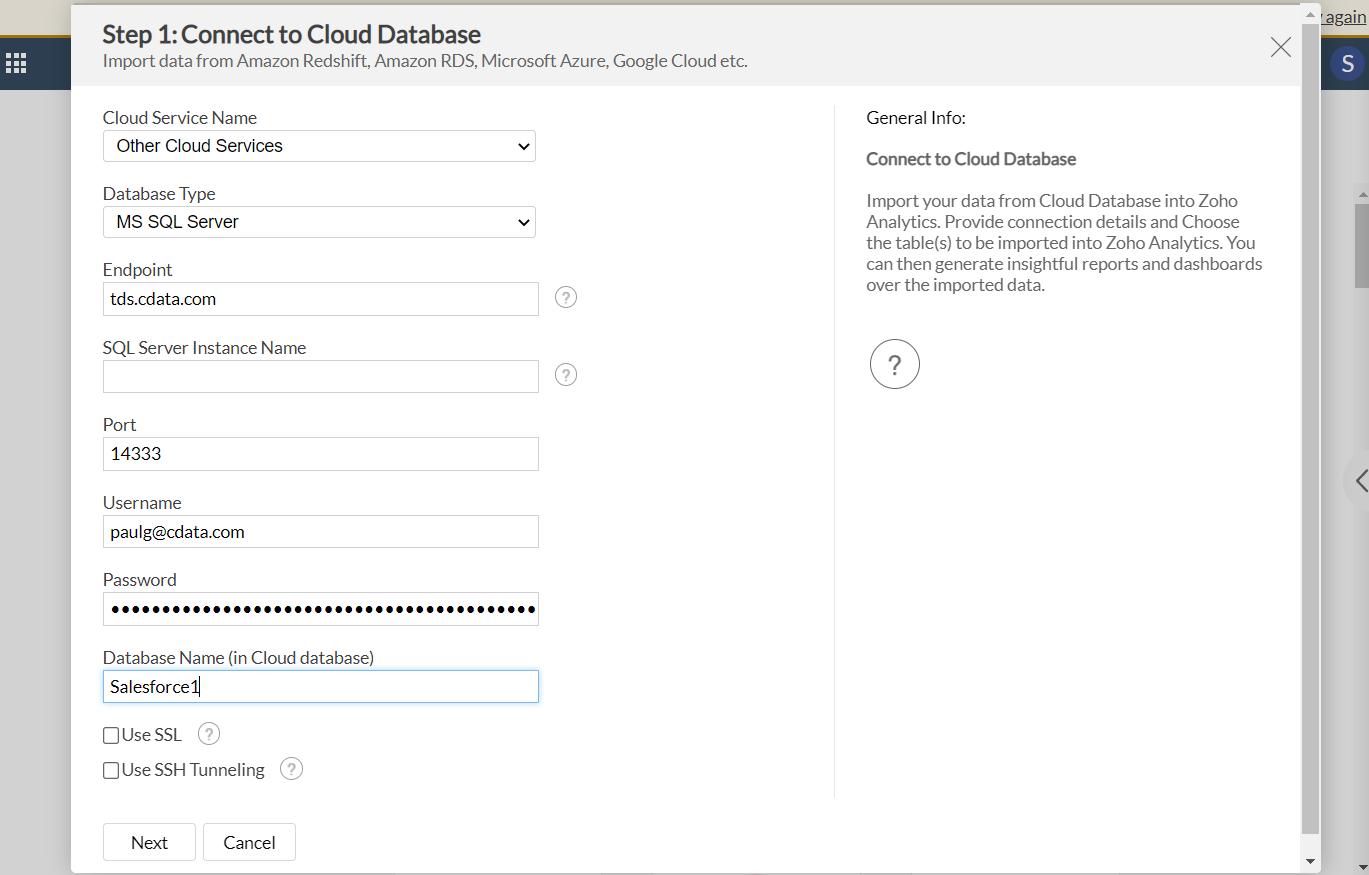Discover how a bimodal integration strategy can address the major data management challenges facing your organization today.
Get the Report →Build Amazon Athena-Connected Dashboards Using Zoho Analytics
Use CData Connect Cloud to connect to Amazon Athena Data from Zoho Analytics and import live Amazon Athena data.
Zoho Analytics is a modern BI and Analytics platform that allows you to connect and analyze your data, while also creating visualizations and dashboards to discover hidden insights. When paired with CData Connect Cloud, Zoho Analytics provides instant, cloud-to-cloud access to Amazon Athena data for reporting and analytics. This article demonstrates how to connect to Amazon Athena using Connect Cloud and analyze Amazon Athena data by creating dashboards in Zoho Analytics.
CData Connect Cloud provides a pure cloud-to-cloud interface for Amazon Athena, allowing you to analyze Amazon Athena data in Zoho Analytics — without replicating the data to a natively supported database. Using optimized data processing out of the box, CData Connect Cloud pushes all supported SQL operations (filters, JOINs, etc.) directly to Amazon Athena, leveraging server-side processing to return the requested Amazon Athena data quickly.
About Amazon Athena Data Integration
CData provides the easiest way to access and integrate live data from Amazon Athena. Customers use CData connectivity to:
- Authenticate securely using a variety of methods, including IAM credentials, access keys, and Instance Profiles, catering to diverse security needs and simplifying the authentication process.
- Streamline their setup and quickly resolve issue with detailed error messaging.
- Enhance performance and minimize strain on client resources with server-side query execution.
Users frequently integrate Athena with analytics tools like Tableau, Power BI, and Excel for in-depth analytics from their preferred tools.
To learn more about unique Amazon Athena use cases with CData, check out our blog post: https://www.cdata.com/blog/amazon-athena-use-cases.
Getting Started
Configure Amazon Athena Connectivity for Zoho Analytics
Connectivity to Amazon Athena from Zoho Analytics is made possible through CData Connect Cloud. To work with Amazon Athena data from Zoho Analytics, we start by creating and configuring a Amazon Athena connection.
- Log into Connect Cloud, click Connections and click Add Connection
- Select "Amazon Athena" from the Add Connection panel
-
Enter the necessary authentication properties to connect to Amazon Athena.
Authenticating to Amazon Athena
To authorize Amazon Athena requests, provide the credentials for an administrator account or for an IAM user with custom permissions: Set AccessKey to the access key Id. Set SecretKey to the secret access key.
Note: Though you can connect as the AWS account administrator, it is recommended to use IAM user credentials to access AWS services.
Obtaining the Access Key
To obtain the credentials for an IAM user, follow the steps below:
- Sign into the IAM console.
- In the navigation pane, select Users.
- To create or manage the access keys for a user, select the user and then select the Security Credentials tab.
To obtain the credentials for your AWS root account, follow the steps below:
- Sign into the AWS Management console with the credentials for your root account.
- Select your account name or number and select My Security Credentials in the menu that is displayed.
- Click Continue to Security Credentials and expand the Access Keys section to manage or create root account access keys.
Authenticating from an EC2 Instance
If you are using the CData Data Provider for Amazon Athena 2018 from an EC2 Instance and have an IAM Role assigned to the instance, you can use the IAM Role to authenticate. To do so, set UseEC2Roles to true and leave AccessKey and SecretKey empty. The CData Data Provider for Amazon Athena 2018 will automatically obtain your IAM Role credentials and authenticate with them.
Authenticating as an AWS Role
In many situations it may be preferable to use an IAM role for authentication instead of the direct security credentials of an AWS root user. An AWS role may be used instead by specifying the RoleARN. This will cause the CData Data Provider for Amazon Athena 2018 to attempt to retrieve credentials for the specified role. If you are connecting to AWS (instead of already being connected such as on an EC2 instance), you must additionally specify the AccessKey and SecretKey of an IAM user to assume the role for. Roles may not be used when specifying the AccessKey and SecretKey of an AWS root user.
Authenticating with MFA
For users and roles that require Multi-factor Authentication, specify the MFASerialNumber and MFAToken connection properties. This will cause the CData Data Provider for Amazon Athena 2018 to submit the MFA credentials in a request to retrieve temporary authentication credentials. Note that the duration of the temporary credentials may be controlled via the TemporaryTokenDuration (default 3600 seconds).
Connecting to Amazon Athena
In addition to the AccessKey and SecretKey properties, specify Database, S3StagingDirectory and Region. Set Region to the region where your Amazon Athena data is hosted. Set S3StagingDirectory to a folder in S3 where you would like to store the results of queries.
If Database is not set in the connection, the data provider connects to the default database set in Amazon Athena.
![Configuring a connection (Salesforce is shown)]()
- Click Create & Test
-
Navigate to the Permissions tab in the Add Amazon Athena Connection page and update the User-based permissions.
![Updating permissions]()
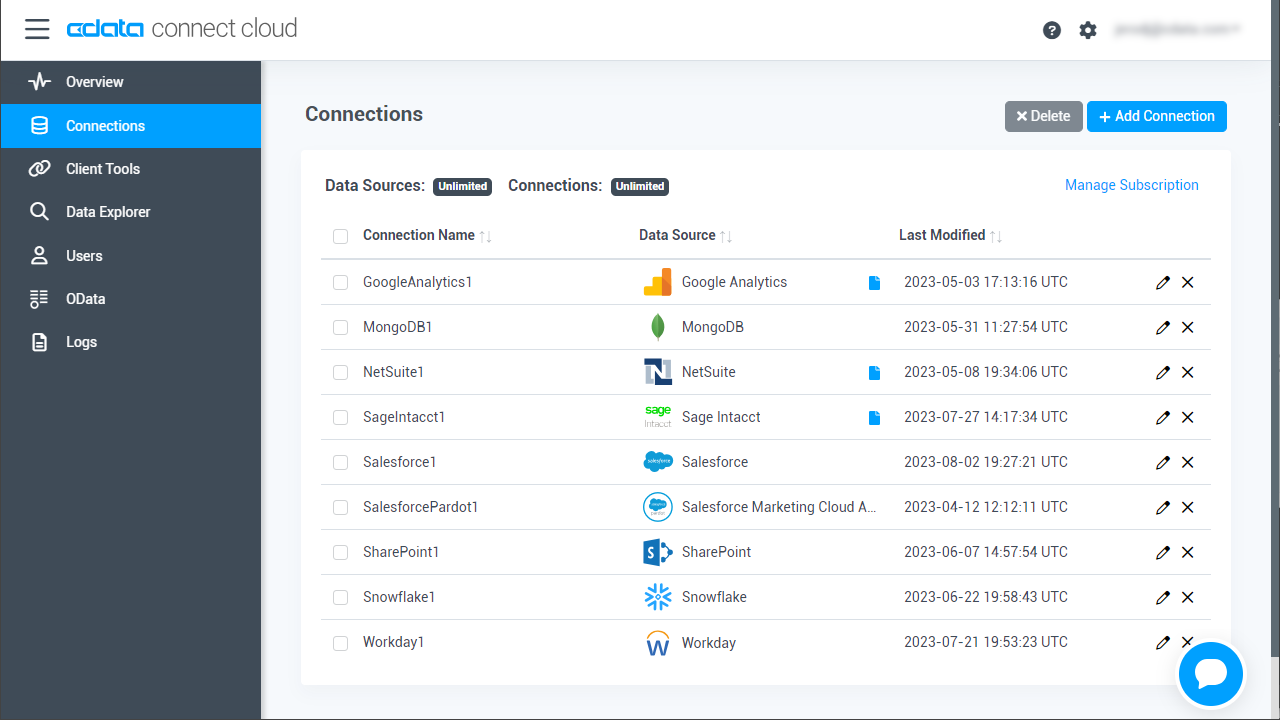
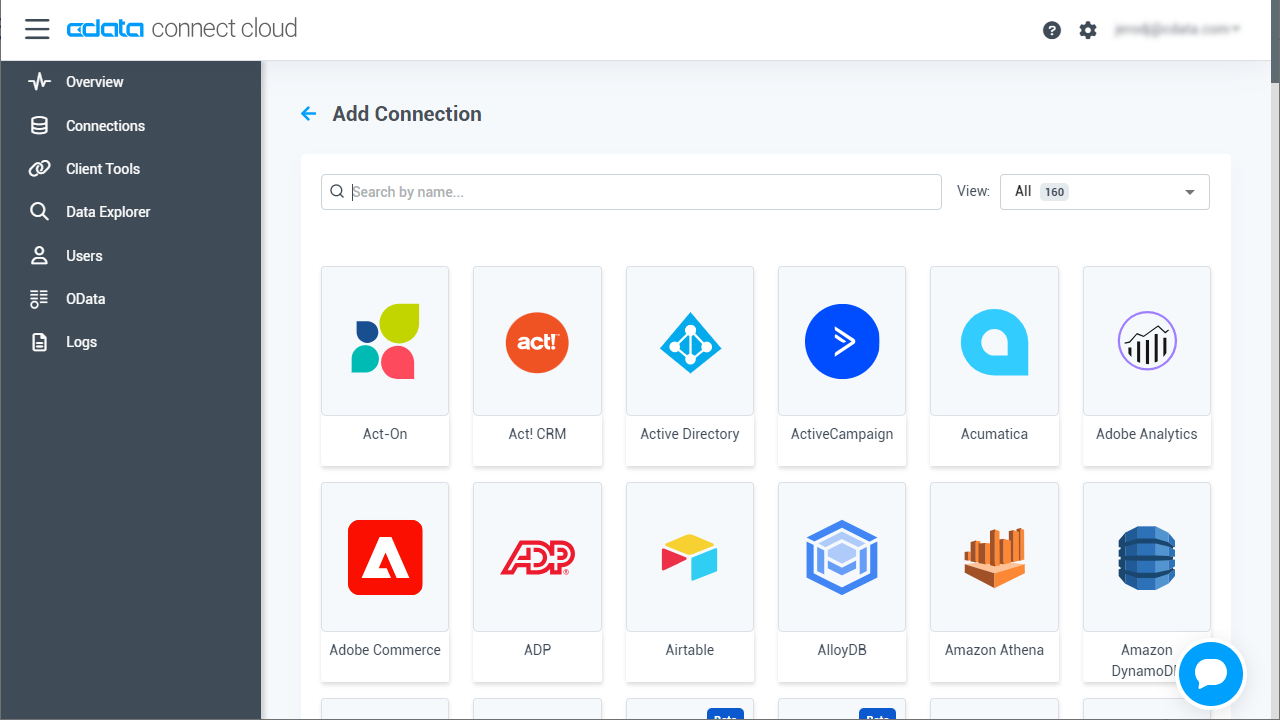
Add a Personal Access Token
If you are connecting from a service, application, platform, or framework that does not support OAuth authentication, you can create a Personal Access Token (PAT) to use for authentication. Best practices would dictate that you create a separate PAT for each service, to maintain granularity of access.
- Click on your username at the top right of the Connect Cloud app and click User Profile.
- On the User Profile page, scroll down to the Personal Access Tokens section and click Create PAT.
- Give your PAT a name and click Create.
- The personal access token is only visible at creation, so be sure to copy it and store it securely for future use. With the connection configured, you are ready to connect to Amazon Athena data, import data, and create dashboards from Zoho Analytics using CData Connect Cloud.
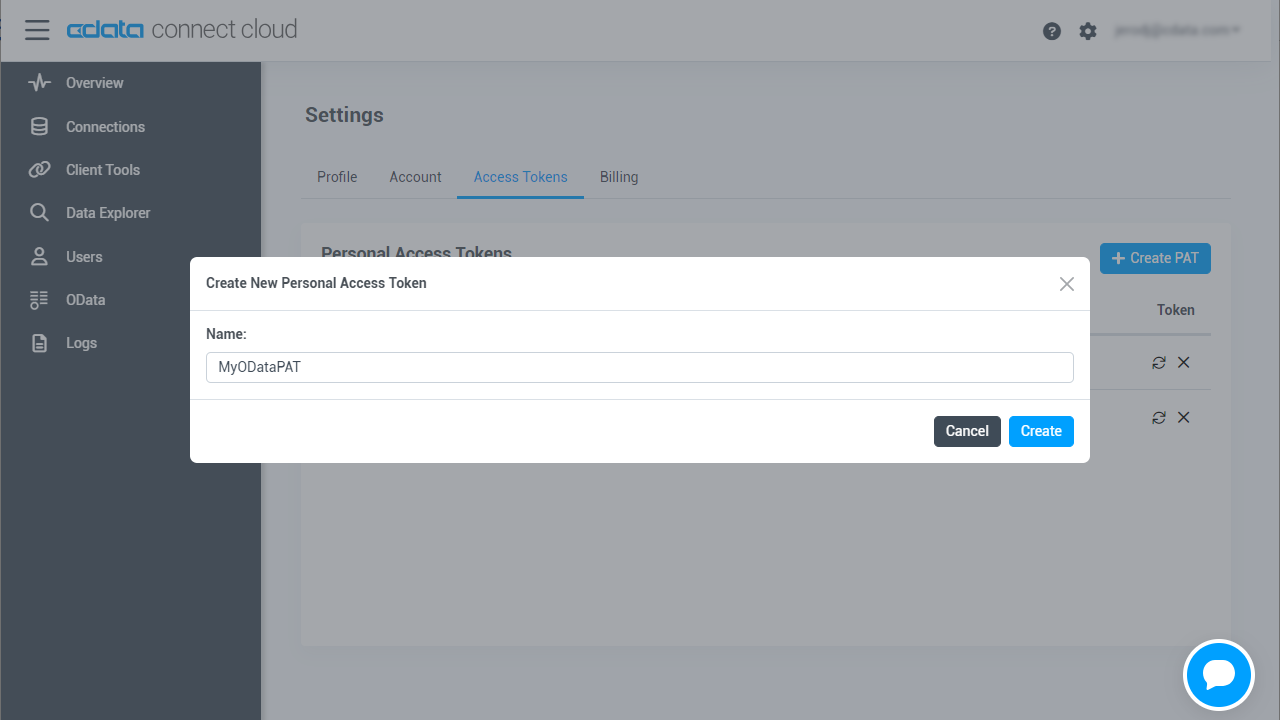
Connect to Amazon Athena in Zoho Analytics Using CData Connect Cloud
To establish a connection from Zoho Analytics to CData Connect Cloud, follow these steps.
- Log in to Zoho Analytics.
- Create a new connection and select Cloud Databases to open the connection modal.
-
Enter the following information:
- Database Type - select MS SQL Server.
- Endpoint - enter tds.cdata.com
- SQL Server Instance Name - leave this blank.
- Port - enter 14333
- Username - enter your CData Connect Cloud username. This is displayed in the top-right corner of the CData Connect Cloud interface. For example, [email protected].
- Password - enter the PAT you generated on the Settings page.
- Database Name - enter the Connection Name of the CData Connect Cloud data source you want to connect to (for example, AmazonAthena1).
- Click Next.
![Displaying configuration settings]()
- Choose the table that you would like to import from, e.g. Customers.
- A Data Preview of the table should pop up. Next, enter a Workspace Name and Table Name to be able to refer to in Zoho Analytics. Click Next.
- There is an option to schedule the import periodically. After configuring, click Create.
- Now, the import has been initiated. Click OK.
- View your new connection in the Zoho Analytics Explorer.
- Click on the new connection to see the table.
- Zoho Analytics can auto-generate dashboards for the user, as seen here:
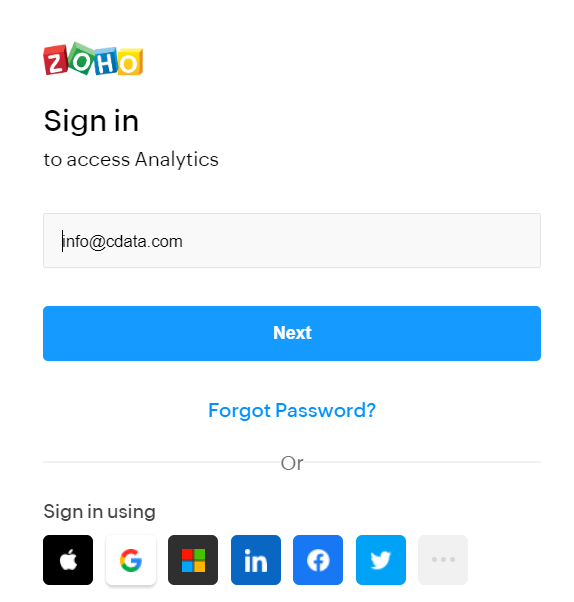
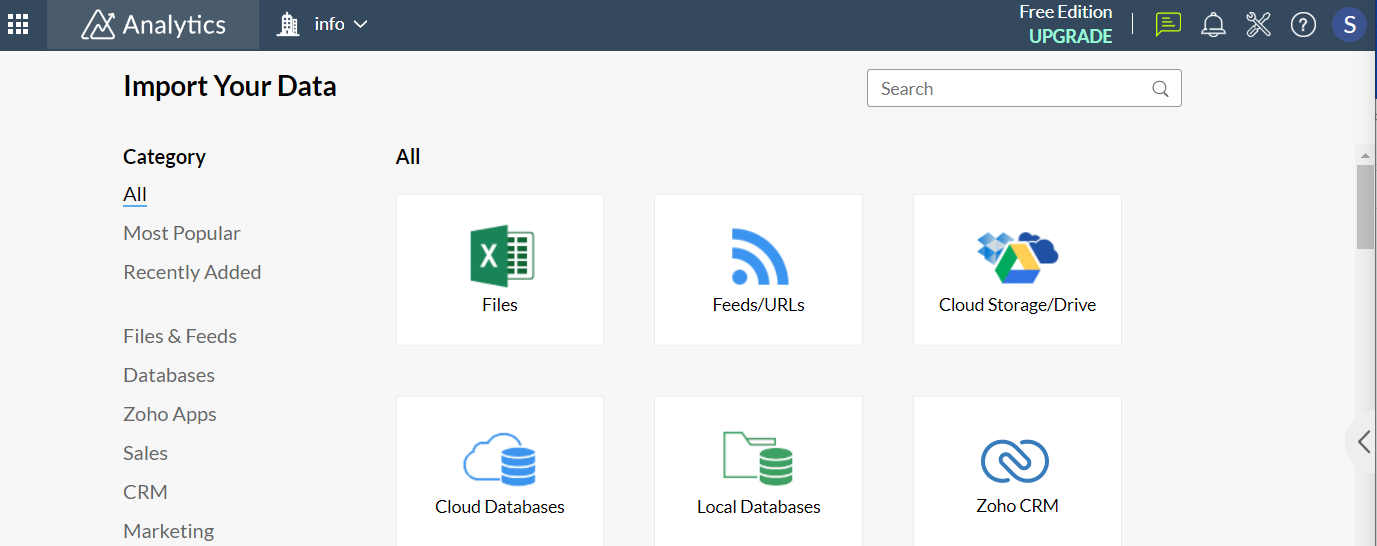

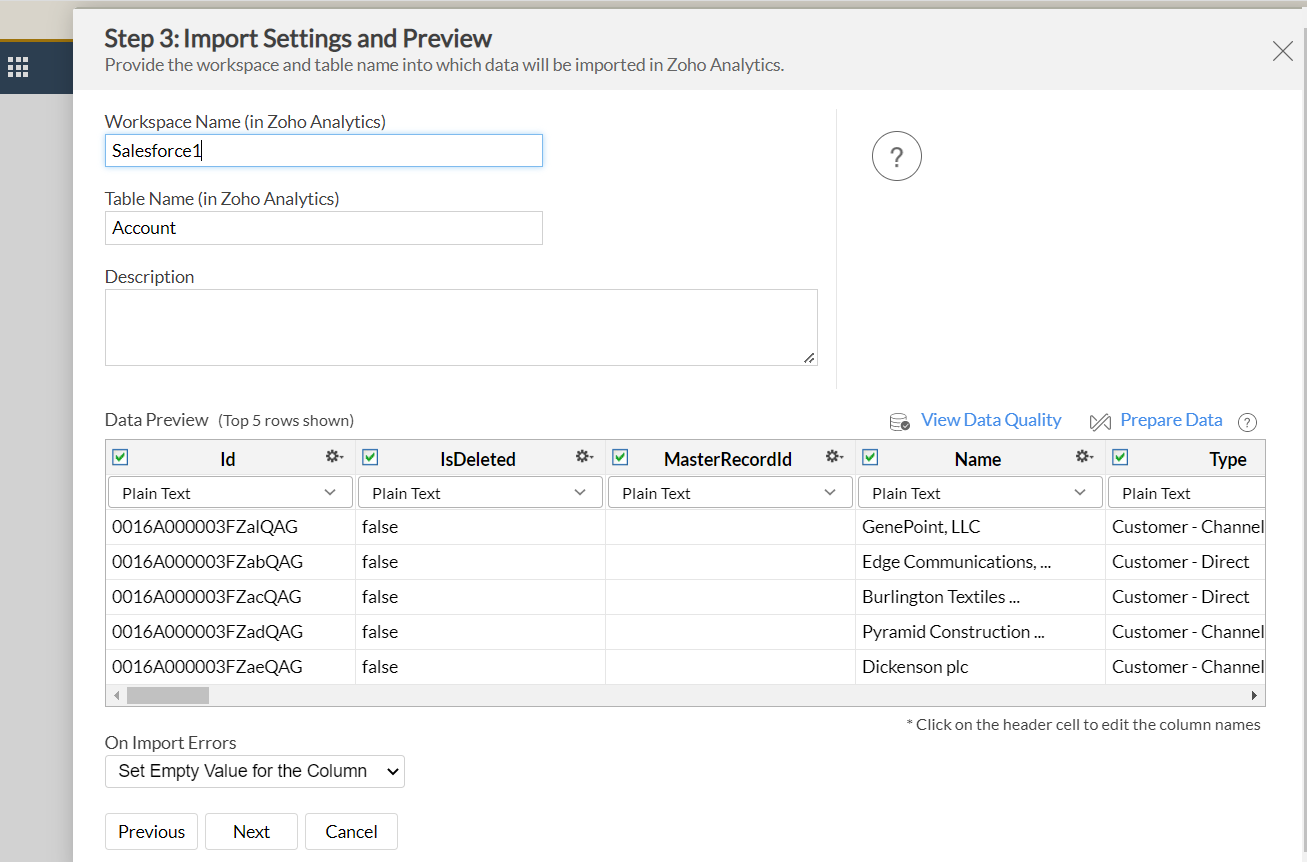


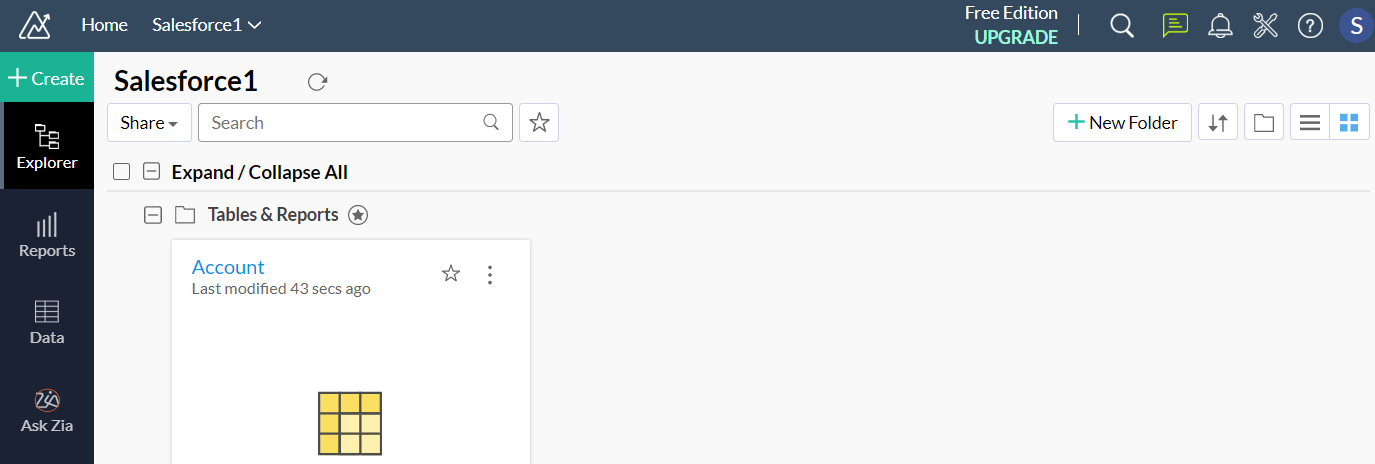


We have successfully imported Amazon Athena data into Zoho Analytics and created dashboards.
Get CData Connect Cloud
To get live data access to 100+ SaaS, Big Data, and NoSQL sources directly from your cloud applications, try CData Connect Cloud today!







